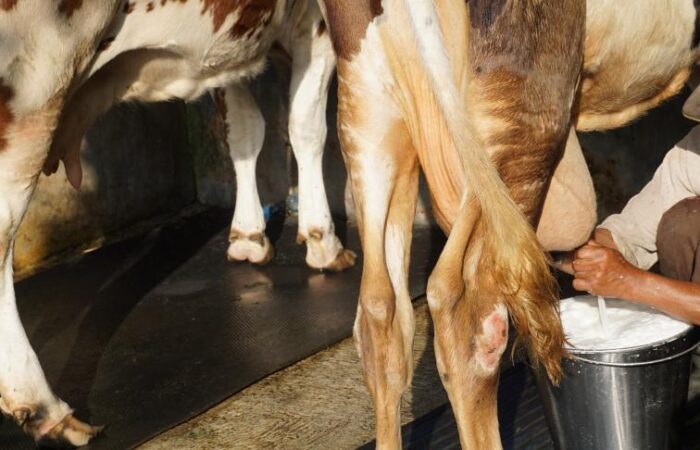
Seasons play a larger role in mitigation than most agriculture emissions data suggest. Especially when farmers use different management practices across seasons, like smallholder dairy farmers in Indonesia.
Data is always the bottleneck of assessing greenhouse gas (GHG) emissions in smallholder dairy farms. More data is needed to understand variation in farming practices adopted by smallholder dairy farmers due to seasonality. With more accurate and precise data of when farmers use which practices, policymakers and practitioners can refine interventions with the greatest potential to reduce GHG emissions on smallholder dairy farms according to key localities and seasonal practices.
However, collecting this data is time-consuming and labor-intensive. Often, GHG emission assessment applies a cross-sectional approach, or data collection at one moment in time. These approaches cannot capture the variation of farming practices throughout the year. Therefore, researchers from the Animal Production Systems group at Wageningen University (WUR), supported by the CGIAR Research Program on Climate Change, Agriculture and Food Security, conducted a study to assess seasonal differences in GHG emissions from Indonesian dairy farms, and evaluate the implications of the number of visits per farm on the variation of the estimated GHG emissions.
Read the full research highlight here.
Written by Titis Apdini (Wageningen University and Research Centre)
Photo: T. Apdini (WUR)








